We’ve known for some time that The Blue Oval is working on developing a new low-cost platform set to underpin multiple future models – including a Ford EV pickup, which will be the first to launch in 2027. Ford CEO Jim Farley himself has referred to this particular model as a “mid-size” pickup, so most expected it to be similar in stature to the Ford Ranger, with others speculating that it could even wear that same nameplate. However, a new report now indicates that this future Ford EV pickup will be a bit smaller than that.
According to Automotive News, The Blue Oval hosted a meeting with dealers in Palm Beach, Florida earlier this year, where it showed off a prototype of the new Ford EV pickup. Attendees pointed out that it’s actually closer in size to the Ford Maverick than the Ranger, somewhat surprisingly. However, the automaker was reportedly adamant that this won’t simply be an all-electric version of the Maverick, either, though it didn’t reveal what the new model was slated to be called at that time.
As Ford Authority reported last week, the new Ford EV pickup could revive the Ranchero name, based on a recent trademark filing in the U.S. The Ranchero was a car-based pickup produced between 1957 and 1979, but that nameplate hasn’t been used by the automaker since it was discontinued decades ago. It’s not a given that this will be the case, but we do know that Ford has been keen to revive old model names as of late for new products – including the Maverick.
Otherwise, the new Ford EV pickup will be “super affordable,” according to Farley, thanks to its new low-cost architecture, pared down tech, and simplistic design. It will utilize lithium-iron phosphate batteries, which are cheaper to produce, and those units could come from the BlueOval Battery Park Michigan site in Marshall, which will begin building those exact types of EV batteries starting in 2026. As for where the new mid-size Ford EV pickup will be built itself, many believe it will be added to the line at the Louisville Assembly plant, with a potential max annual capacity of 190,000 units.

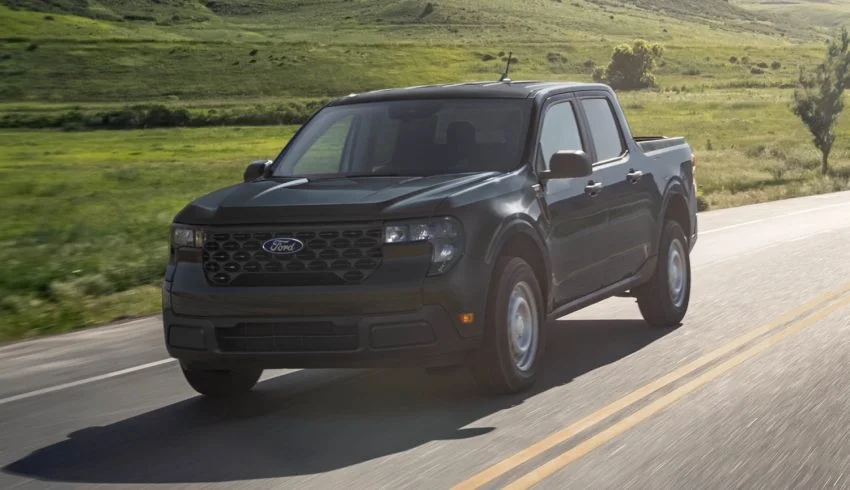
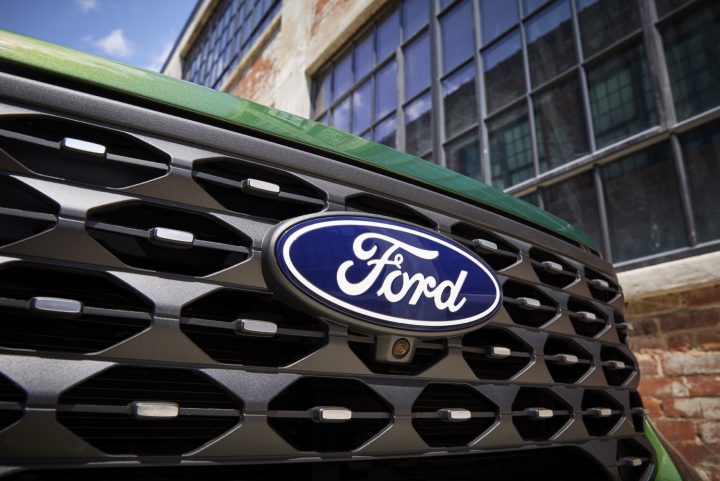
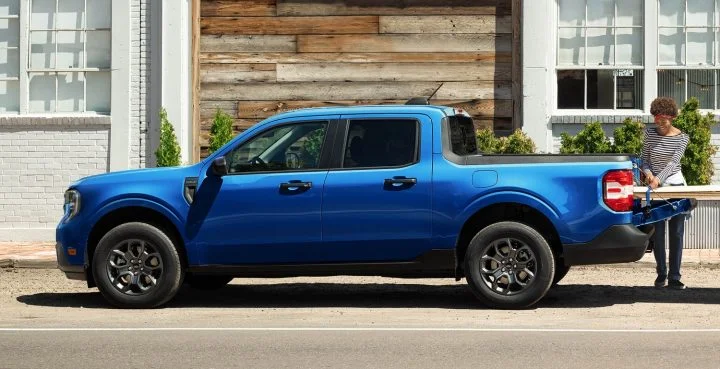
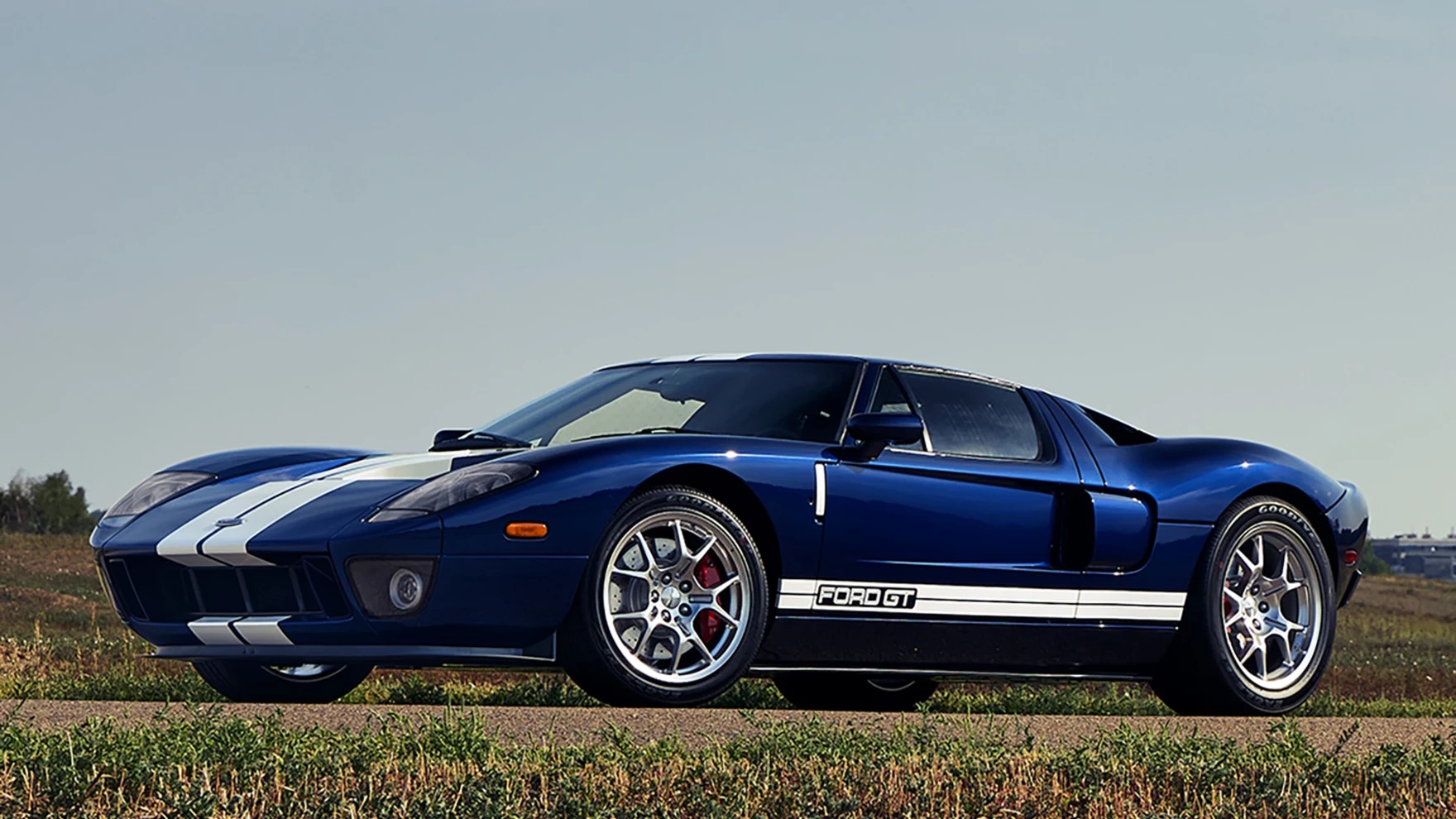
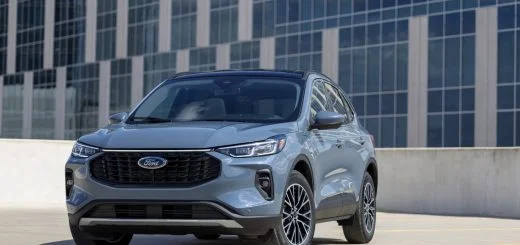

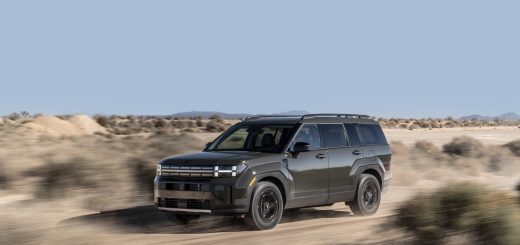
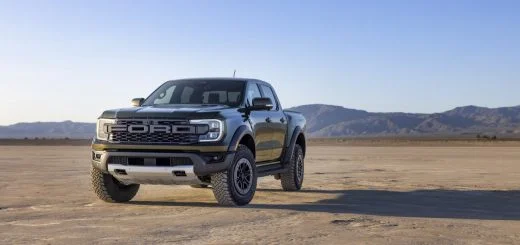
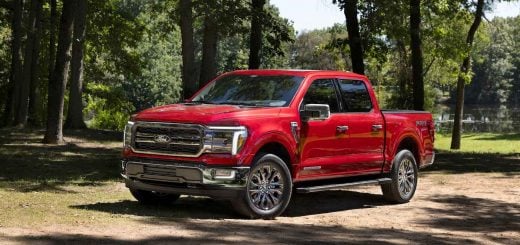
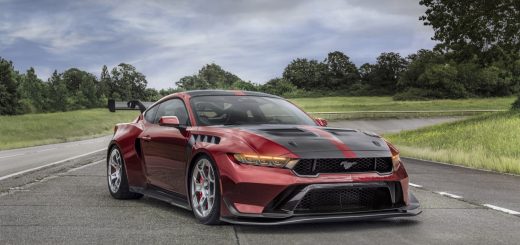
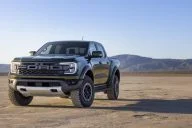
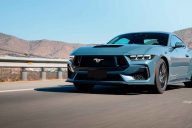
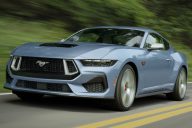
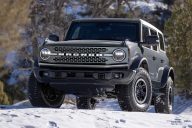


Comments
This will cut into the EV Slate truck sales. GM has no small EV truck now, although they did produce electric Chevy S-10 trucks in the 1980s, and a electric Chevy Equinox in 2009.
This might be a good little market for Ford. An awful lot of people drive around locally and pickup things and an EV truck is ideal for that use. I like the Slate truck, and I like this.
Will this new vehicle still be recreationally flat towable?